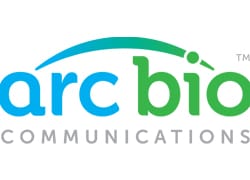The Innovation categories have been re-badged to emphasise the importance of learning and demonstrating how a different approach has helped progress our knowledge and understanding of a problem. We are still looking for examples of bravery, disruption, innovation and work that just makes us go ‘wow’!
This year we are seeking entries directly into the category and we are also asking Group Heads to nominate work from their categories that they believe meet the criteria.
Shortlisted entrants will be invited to present to an independent judging panel on Friday 24 May 2024. They will be required to give a short presentation on their entry, focussing on how the work progressed understanding and knowledge, and will then be asked questions by the judges relating to their entry. The organisers will be unable to send invitations before Friday 3 May, therefore it is advisable for entrants to hold the date open.
This category recognises communication, scientific, business or technological innovation initiatives that have ultimately created value through a compelling and differentiated approach to one or more of the following:
- Customer/stakeholder engagement
- Use of communication or marketing channels
- Provision of patient services and/or information
- Provision of information/services for healthcare professionals
- Healthcare collaboration with one or more parties.
- Digital health innovations solutions and products
- Agency or client internal projects
- Medical communications
- Education/training
- Pre-commercialisation work
- Customer/stakeholder engagement with the primary objective of furthering scientific understanding
- Provision of scientific information or clinical services for healthcare professionals
Work conducted between April 2022 and December 2023 will be eligible. If the submission has been entered previously, the current entry must provide benchmarks to clearly demonstrate how the programme was evaluated and how it has developed over time.
Don’t forget:
– provide a copy of any previous submission for this work
– be open! Were there any other contributors to the programme?


